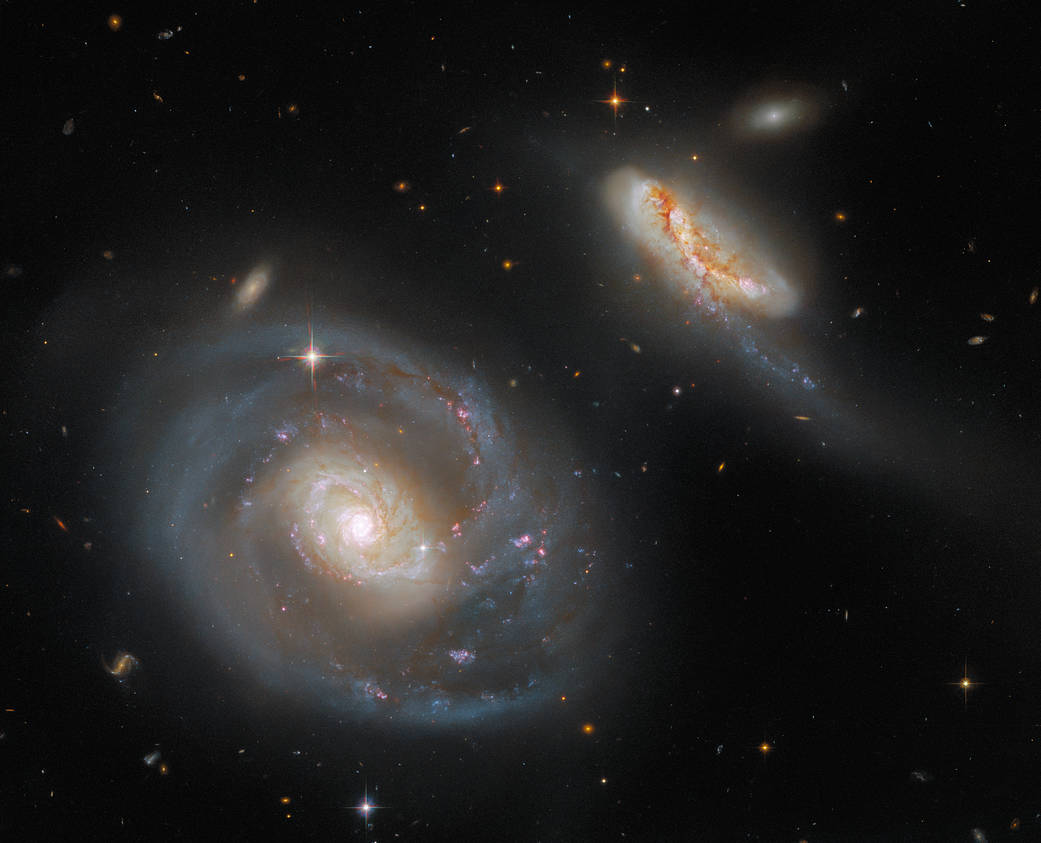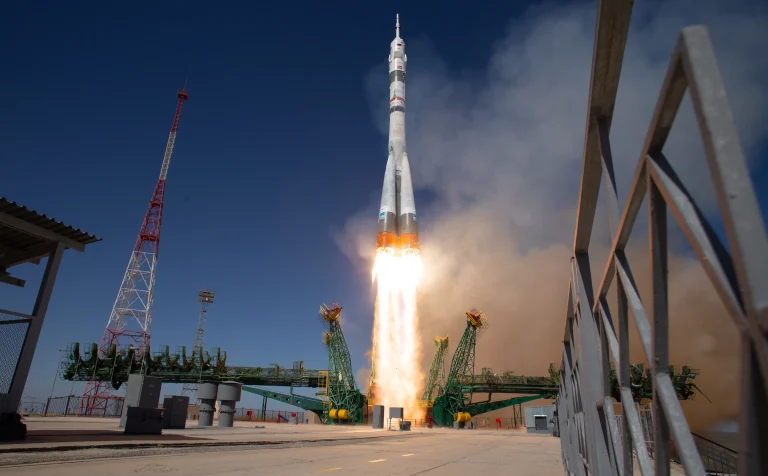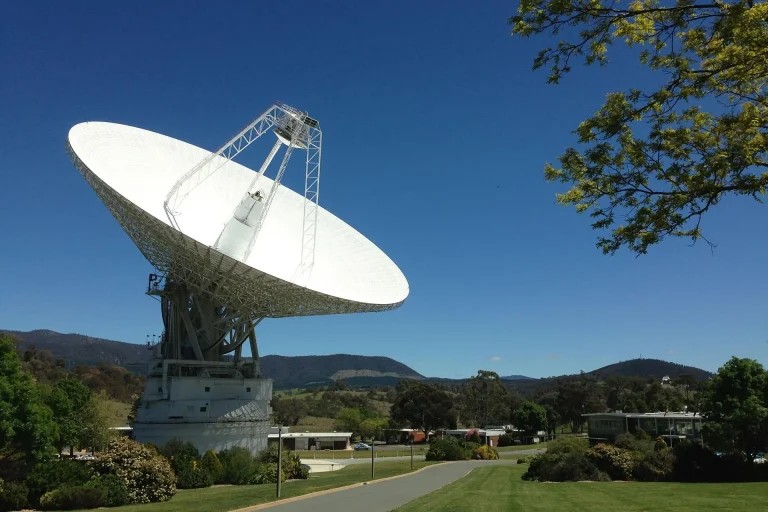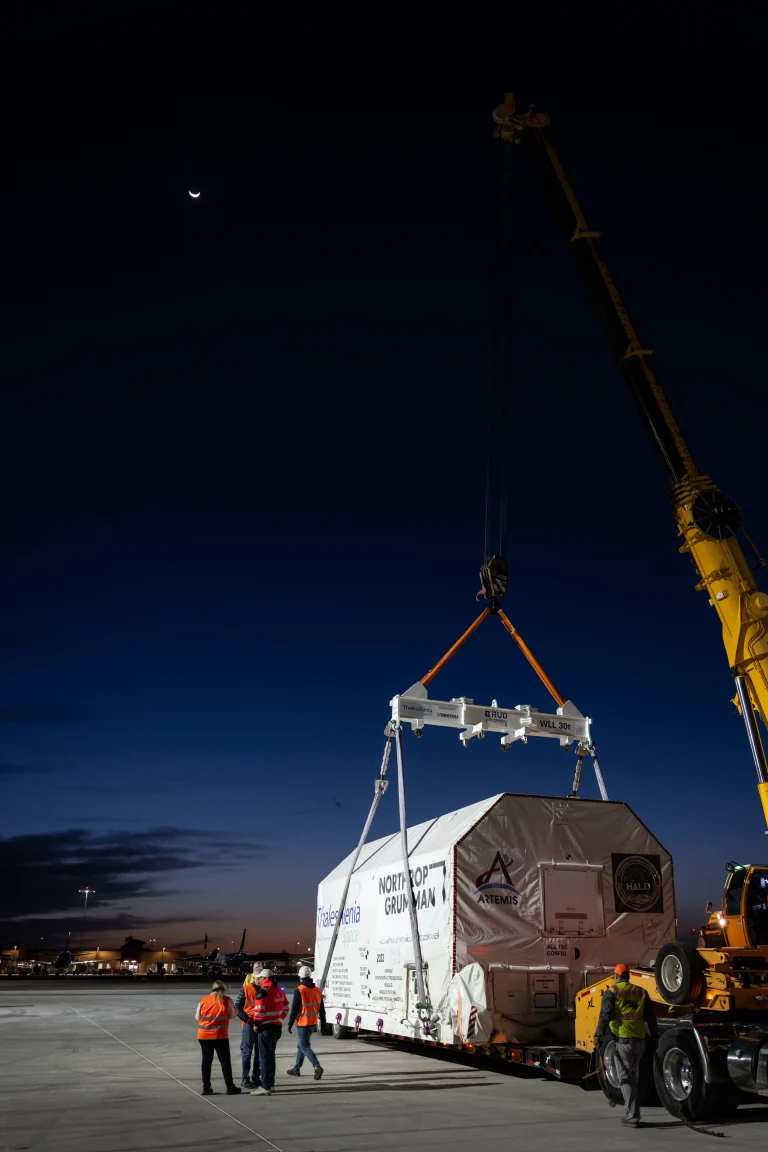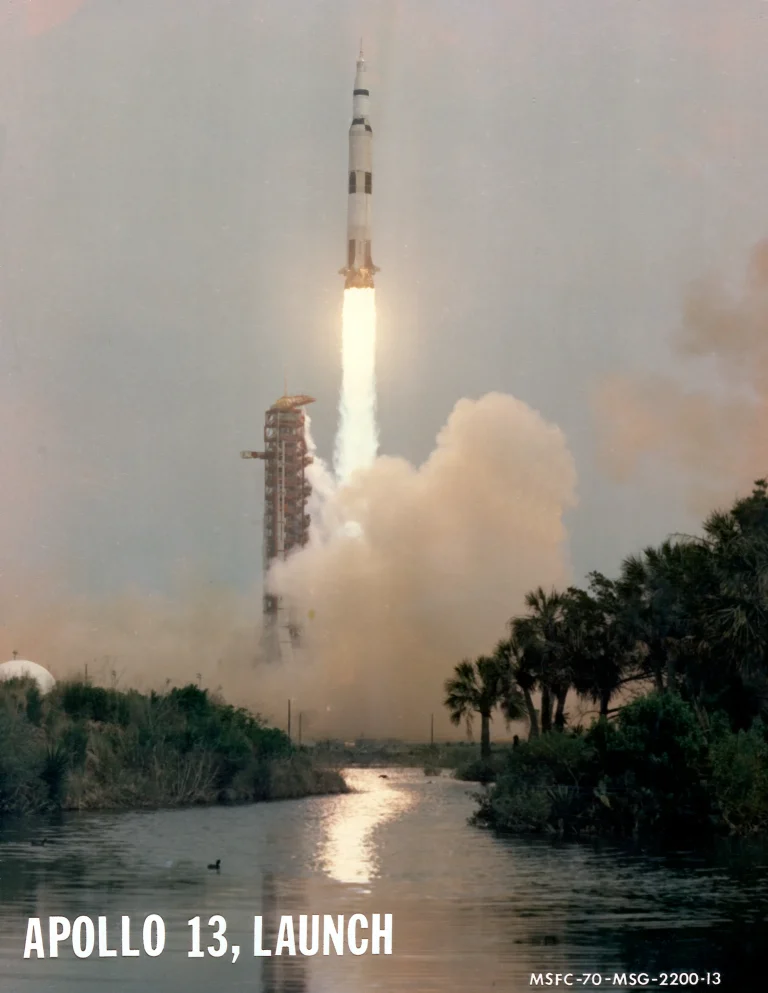This striking image from the NASA/ESA Hubble Space Telescope showcases Arp 298, a stunning pair of interacting galaxies. Arp 298 – which comprises the two galaxies NGC 7469 and IC 5283 – lies roughly 200 million light-years from Earth in the constellation Pegasus. The larger of the two galaxies pictured here is the barred spiral galaxy NGC 7469, and IC 5283 is its diminutive companion. NGC 7469 is also host to an active, supermassive black hole and a bright ring of star clusters.
The “Arp” in this galaxy pair’s name signifies that they are listed in the Atlas of Peculiar Galaxies compiled by the astronomer Halton Arp. The Atlas of Peculiar Galaxies is a gallery of weird and wonderful galaxies containing peculiar structures, featuring galaxies exhibiting everything from segmented spiral arms to concentric rings. This interacting galaxy pair is a familiar sight for Hubble – a portrait of the merging galaxies in Arp 298 was published in 2008.
This image of Arp 298, which also contains several background galaxies, contains data from three separate Hubble observing proposals. By combining observations from three proposals, Arp 298 is captured in glorious detail in seven different filters from two of Hubble’s instruments – the Wide Field Camera 3 and the Advanced Camera for Surveys.
This system will be one of the first galaxies observed with the NASA/ESA/CSA James Webb Space Telescope as part of the Director’s Discretionary Early Release Science Programs in Summer 2022.
Text credit: European Space Agency (ESA)
Image credit: ESA/Hubble & NASA, A. Evans, R. Chandar
这张来自NASA/ESA哈勃太空望远镜的引人注目的图片显示了Arp 298,这是一对令人惊叹的相互作用的星系。Arp 298由两个星系NGC 7469和IC 5283组成,位于飞马座,距离地球约2亿光年。图中两个星系中较大的是棒旋星系NGC 7469,而IC 5283是其较小的伴星。NGC 7469还拥有一个活跃的超大质量黑洞和一个明亮的星团环。
这对星系名称中的“Arp”表示它们被列在由天文学家赫顿·阿普编纂的《奇异星系图集》中。《奇特星系图集》是一个包含奇特结构的怪异而奇妙的星系图集,展示了从分段的旋臂到同心环的各种星系。这对相互作用的星系对哈勃来说是很熟悉的景象——哈勃在2008年发布了一张Arp 298中星系合并的照片。
这张Arp 298的图像还包含几个背景星系,其中包含来自三个独立的哈勃观测计划的数据。通过结合来自三个计划的观察结果,Arp 298被哈勃的两种仪器——广角相机3和高级巡天相机——的七个不同滤镜捕捉到了光彩夺目的细节。
作为NASA/ESA/CSA詹姆斯·韦伯太空望远镜自主提前发布科学计划的一部分,该系统将是NASA/ESA/CSA詹姆斯·韦伯太空望远镜在2022年夏季观测到的首批星系之一。
文字来源:欧洲航天局 (ESA)
图片来源:ESA/Hubble & NASA, A. Evans, R. Chandar

